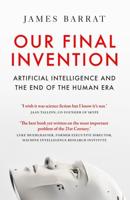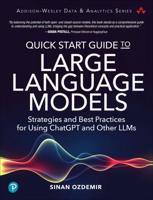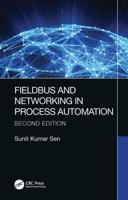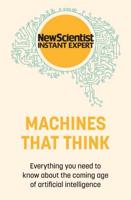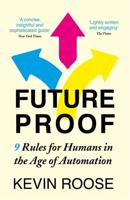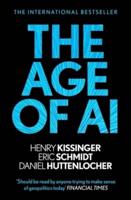Publisher's Synopsis
The recognition of the user's emotion-related state is one important step in making human-machine communication more natural. In this work, the focus is set on mono-modal systems with speech as only input channel. Current research has to shift from emotion portrayals to those states that actually appear in application-oriented scenarios. These states are mainly weak emotion-related states and mixtures of different states. The presented FAU Aibo Emotion Corpus is a major contribution in this area. It is a corpus of spontaneous, emotionally colored speech of children at the age of 10 to 13 years interacting with the Sony robot Aibo. 11 emotion-related states are labeled on the word level. Experiments are conducted on three subsets of the corpus on the word, the turn, and the intermediate chunk level. Best results have been obtained on the chunk level where a classwise averaged recognition rate of almost 70\% for the 4-class problem 'Anger', 'Emphatic', 'Neutral', and 'Motherese' has been achieved. Applying the proposed entropy based measure for the evaluation of decoders, the performance of the machine classifier on the word level is even slightly better than the one of the average human labeler. The presented set of features covers both acoustic and linguistic features. The linguistic features perform slightly worse than the acoustic features. An improvement can be achieved by combining both knowledge sources. The acoustic features are categorized into prosodic, spectral, and voice quality features. The energy and duration based prosodic features and the spectral MFCC features are the most relevant acoustic features in this scenario. Unigram models and bag-of-words features are the most relevant linguistic features.




